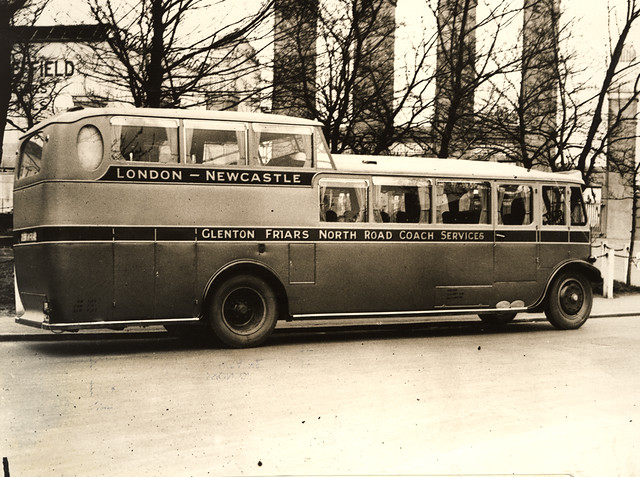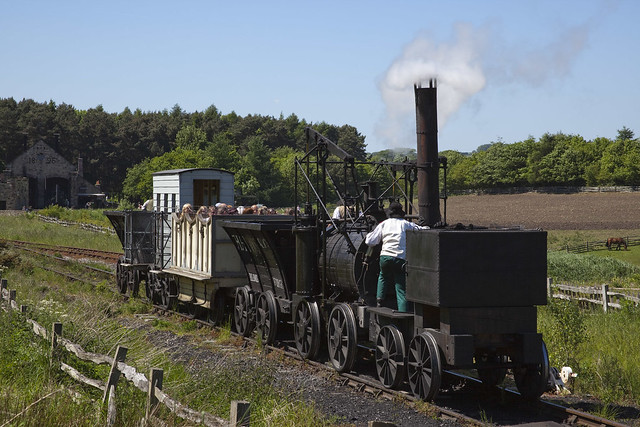Topics > Transport and Travel > Waggonways > Wylam Wagonway
Wylam Wagonway
A 5 mile waggonway built in 1748 to transport coal from Wylam Colliery to staiths at Lemington for shipping down the Tyne. It was originally built with timber rails, which were replaced with iron plate rails in 1808. The wagons were pulled by oxen until replaced by some of the earliest steam locomotives, including Puffing Billy in 1813. After the closure of Wylam Colliery in 1868, there was little use of the waggonway, until 1875 when it was incorporated into the Scotswood, Newburn and Wylam Railway. This railway was in use until March 1968, and in April 1972 the tracks were removed for the route to become a public bridleway. (Sitelines)
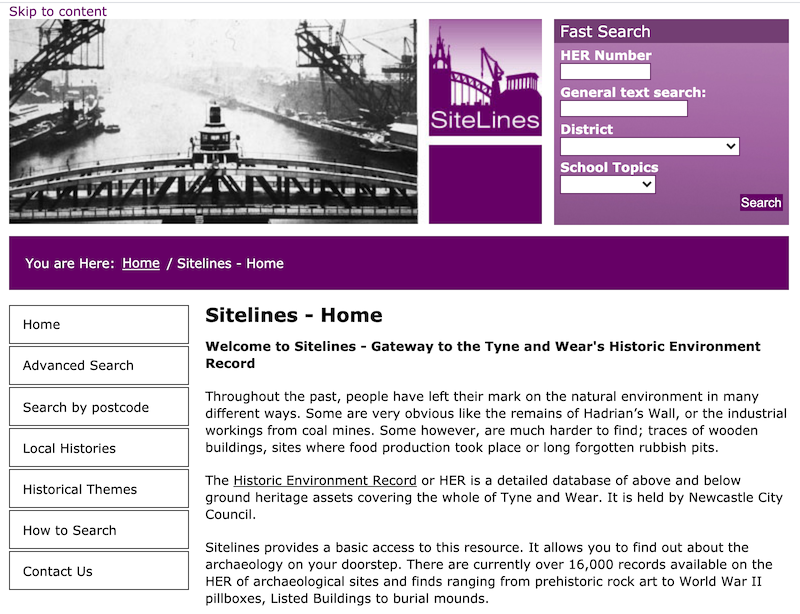
from http://www.twsitelines.info/s…
HER(1032): Newburn, Wylam Wagonway
- "A 5 mile long waggonway linking Wylam Colliery with staithes at Lemington, thought to have been built in 1748 and possibly to the design of William Brown of Throckley for …
Added by
Simon Cotterill

from http://www.activenewcastle.co…
Stephenson’s Track (PDF)
- "This 4 miles / 6 km walk/cycleway
links the Tyne Riverside Country
Park at Newburn with Wylam....". Leaflet including details of the track and brief history of Wylam Waggonway and …
Added by
Simon Cotterill
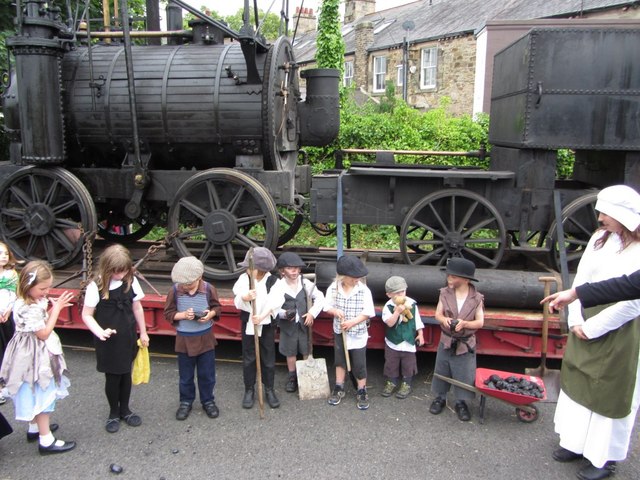
Co-Curate Page
Wylam
- Overview About Wylam Map Street View Wylam is a small village about 10 miles west of Newcastle upon Tyne. It is located in the county of Northumberland. It is …

Co-Curate Page
Lemington
- Overview About Lemington Map Street View Lemington is a housing area and electoral ward of Newcastle upon Tyne in North East England. History Lemington has a strong industrial history. …
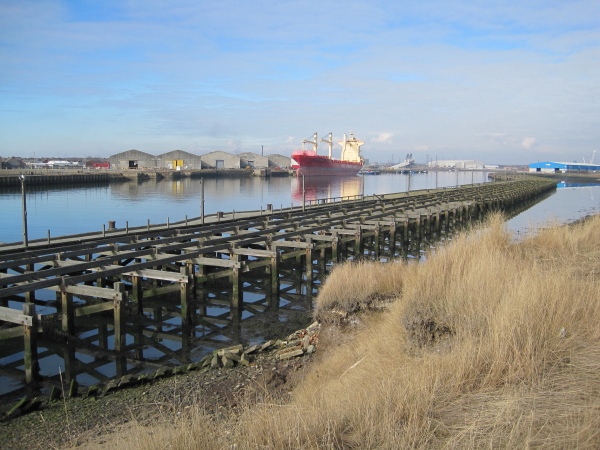
Co-Curate Page
Staiths
- Staiths are elevated platforms for discharging coal and other materials from railway cars into collier ships for transport. From the mid 18th century onwards, many staiths were built on the …
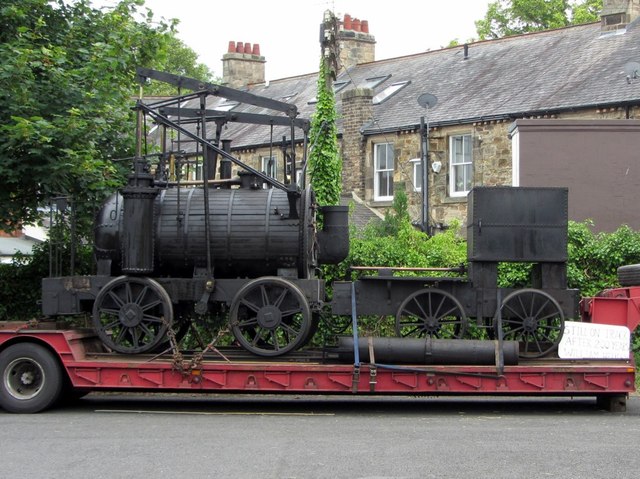
Co-Curate Page
Puffing Billy
- Summary About Puffing Billy Puffing Billy, built 1813, is the oldest surviving steam locomotive. It was built by William Hedley (engineer), Jonathan Forster (engine wright) and Timothy Hackworth (blacksmith) for …


from http://www.twsitelines.info/s…
HER(1032): Newburn, Wylam Wagonway
- "A 5 mile long waggonway linking Wylam Colliery with staithes at Lemington, thought to have been built in 1748 and possibly to the design of William Brown of Throckley for …
Added by
Simon Cotterill

from http://www.activenewcastle.co…
Stephenson’s Track (PDF)
- "This 4 miles / 6 km walk/cycleway
links the Tyne Riverside Country
Park at Newburn with Wylam....". Leaflet including details of the track and brief history of Wylam Waggonway and …
Added by
Simon Cotterill

Co-Curate Page
Wylam
- Overview About Wylam Map Street View Wylam is a small village about 10 miles west of Newcastle upon Tyne. It is located in the county of Northumberland. It is …

Co-Curate Page
Lemington
- Overview About Lemington Map Street View Lemington is a housing area and electoral ward of Newcastle upon Tyne in North East England. History Lemington has a strong industrial history. …

Co-Curate Page
Staiths
- Staiths are elevated platforms for discharging coal and other materials from railway cars into collier ships for transport. From the mid 18th century onwards, many staiths were built on the …

